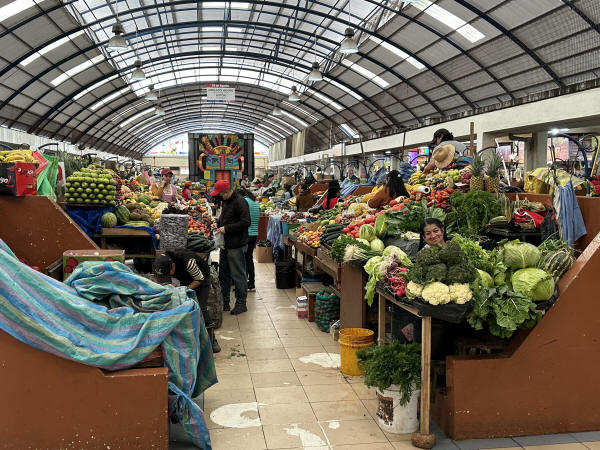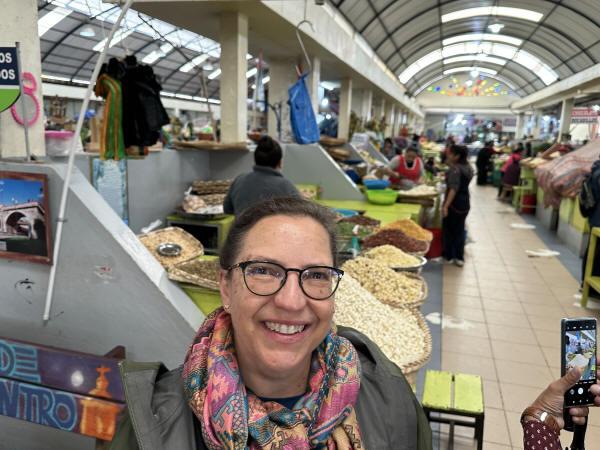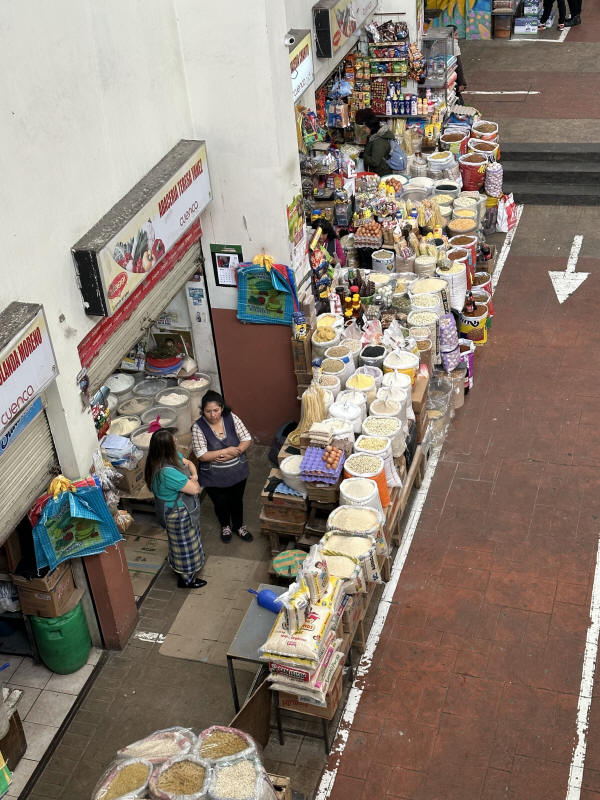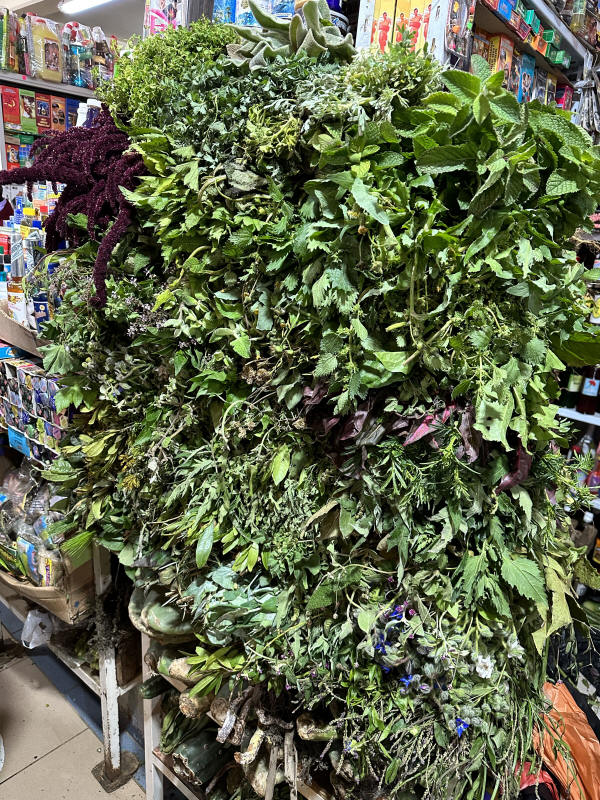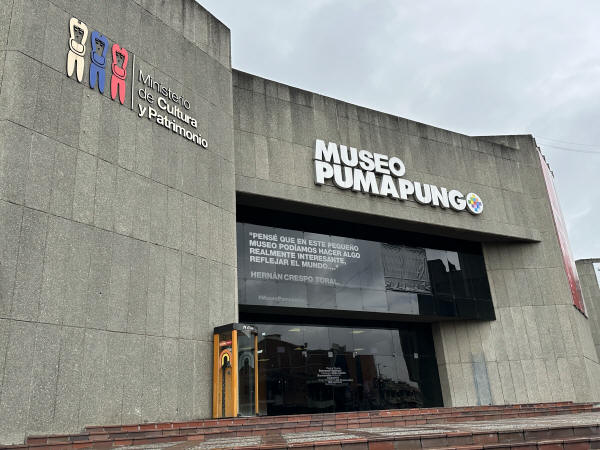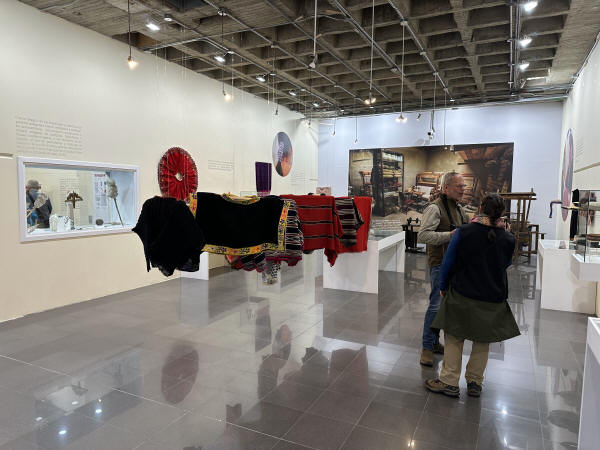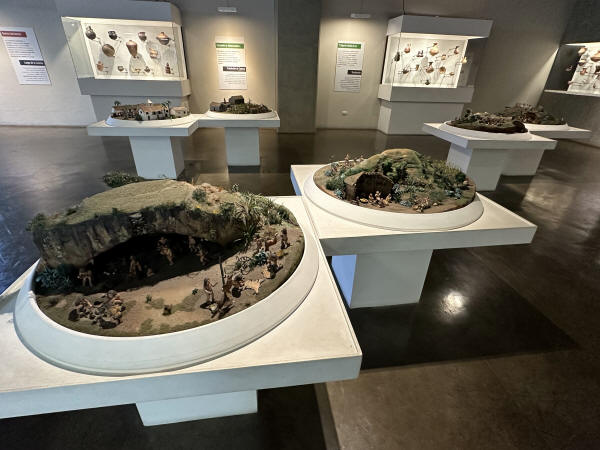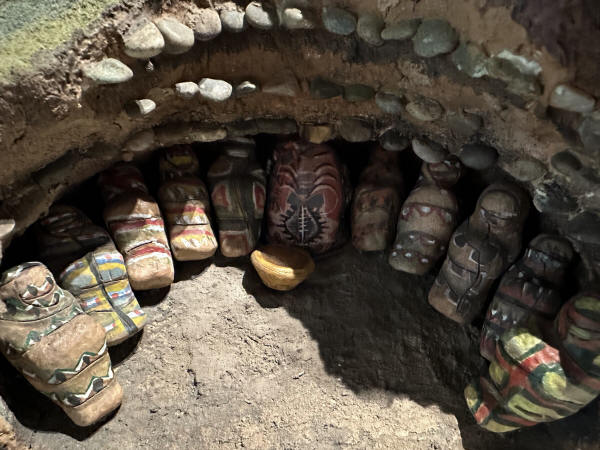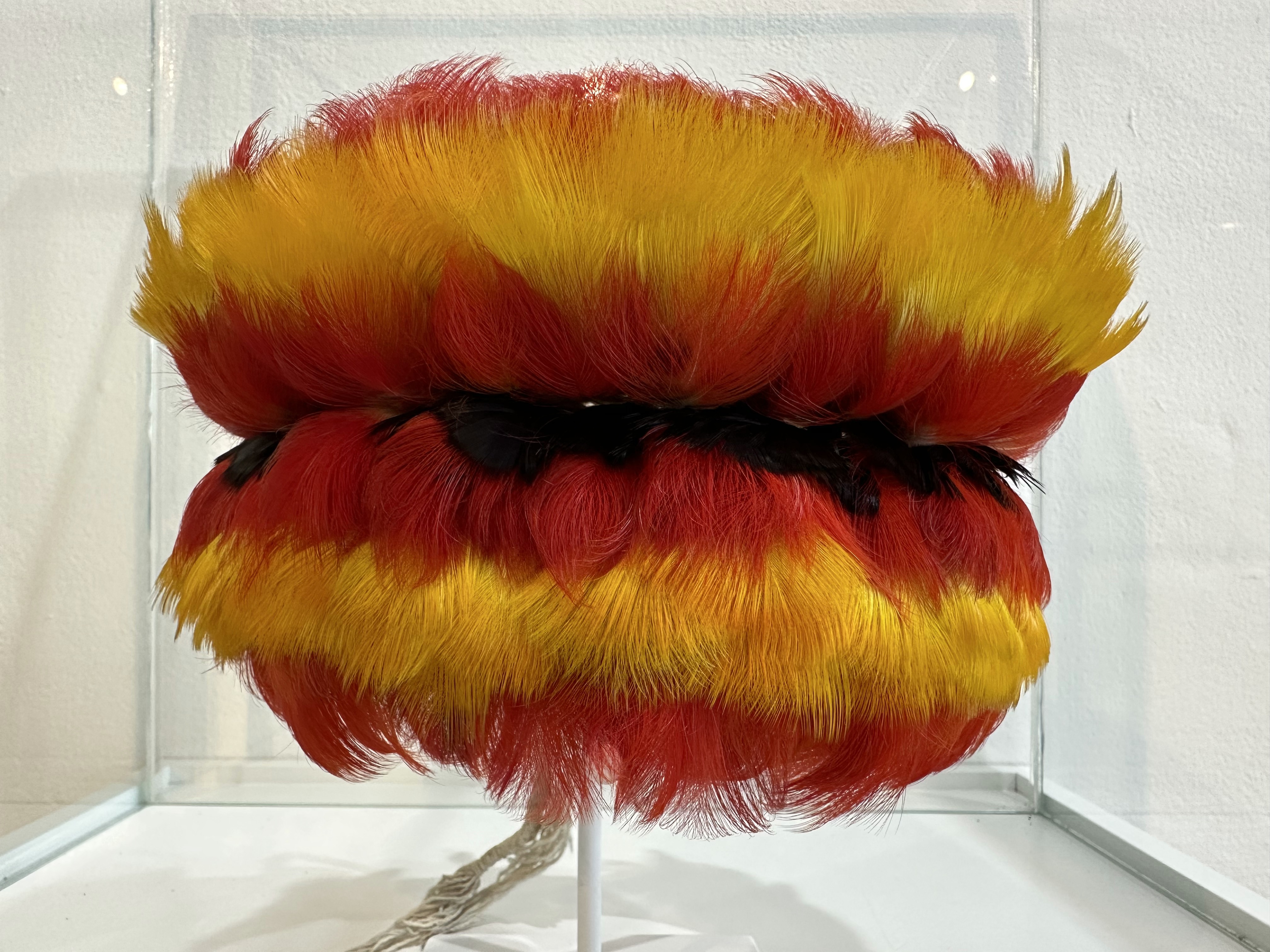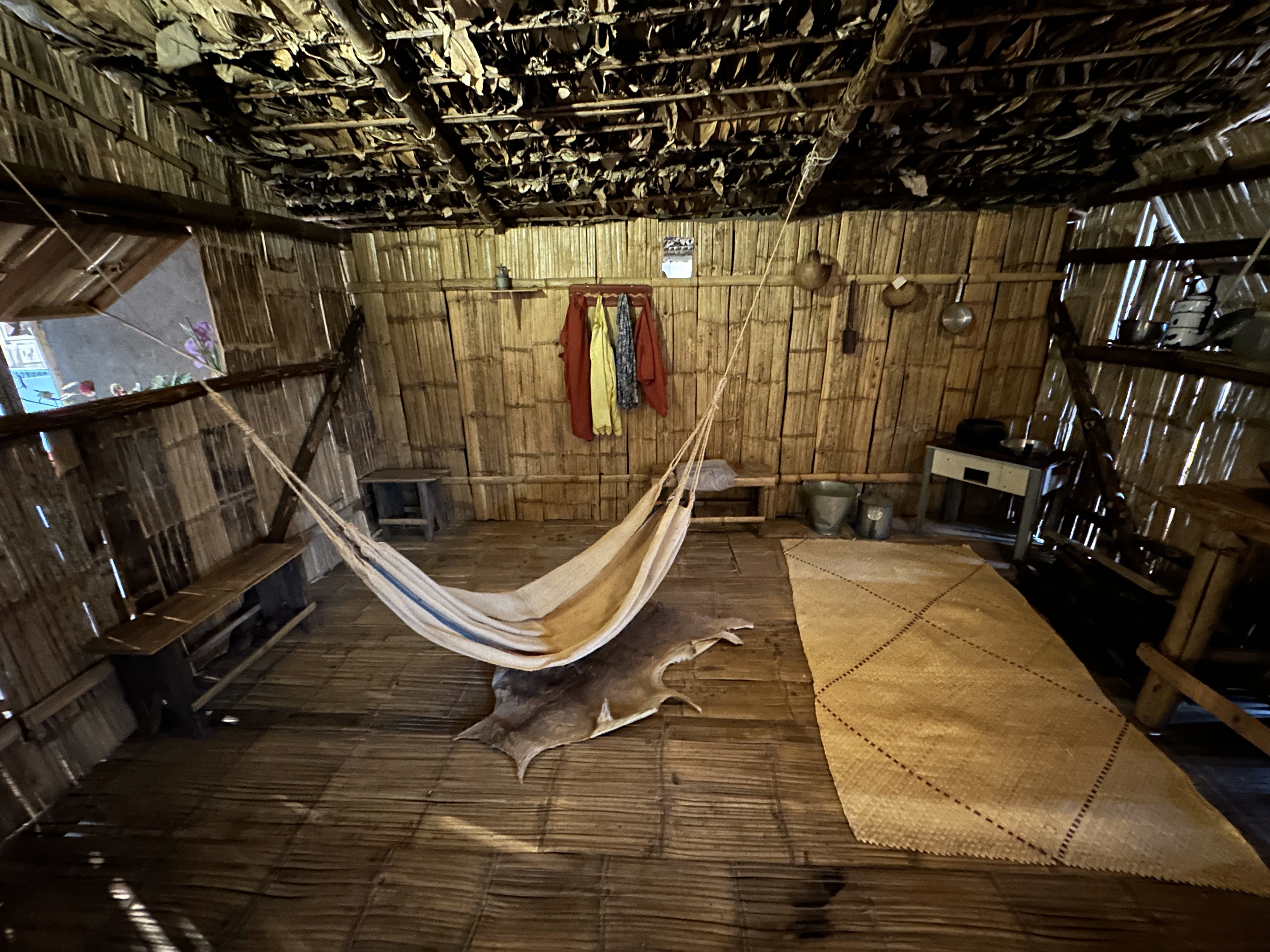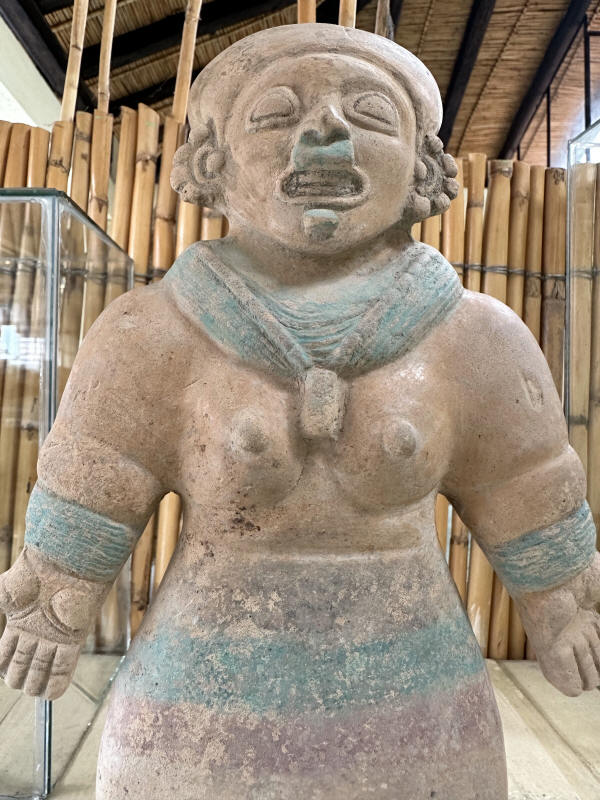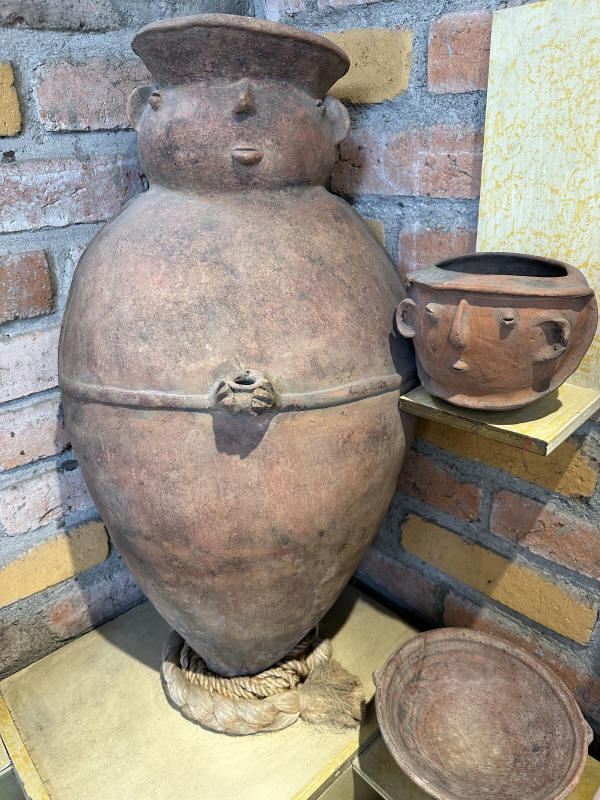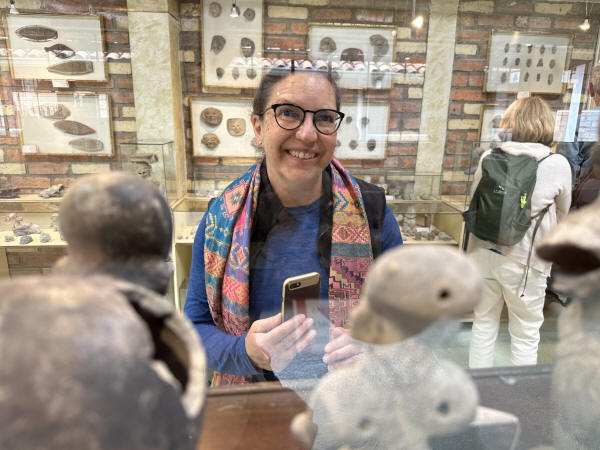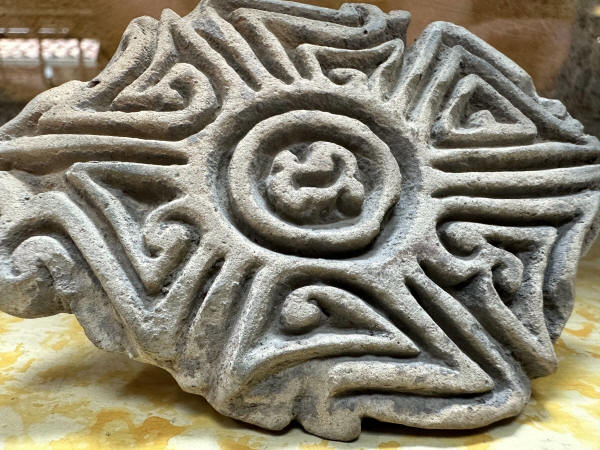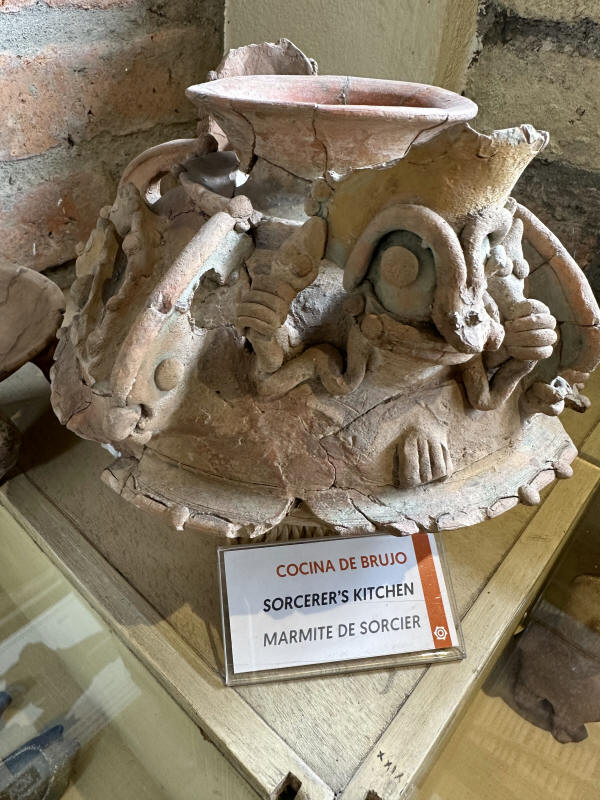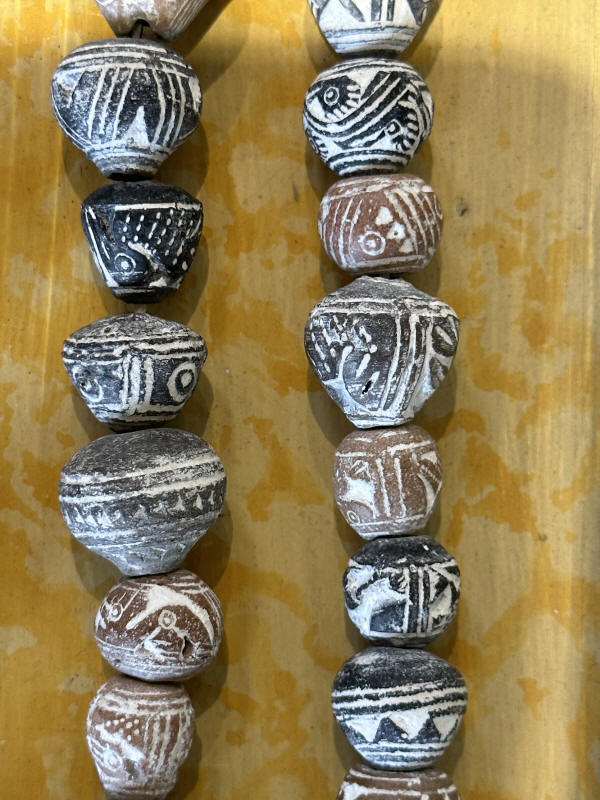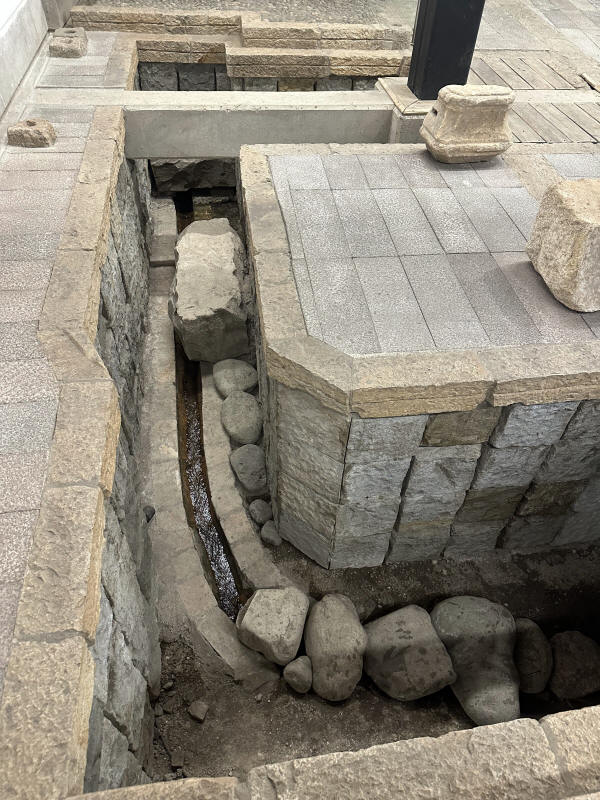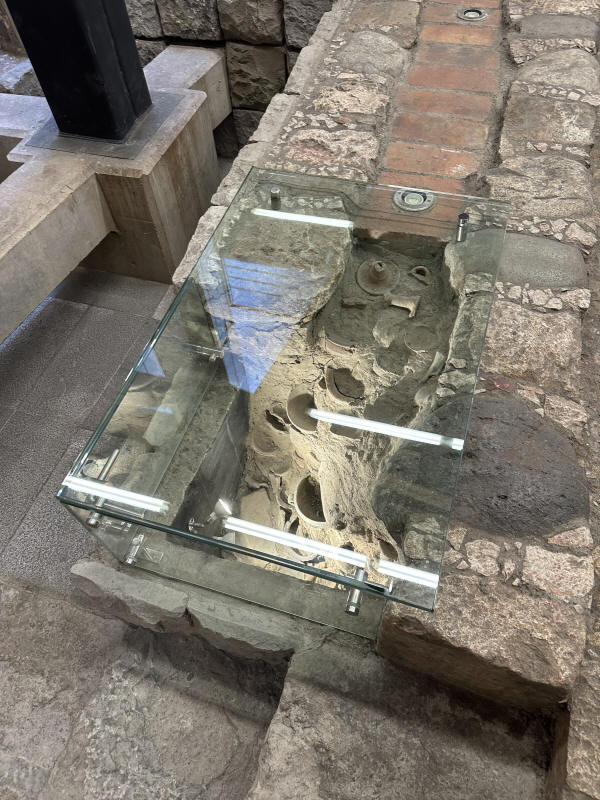The next
day, we had most of the day before our flight to Quito. We started
in one of the large
open markets where small vendors in stalls sell everything from
open-container dog kibble to whole roasted pigs. That included
“curanderos” (or in our case the sub-variety “limpiadores” or cleaners)
who are medicine women that, based on our observation, help cure illness
of the natural and supernatural kind by beating the crap out of you with
a bundle of herbs.
|
|
|
Next stop was
Museo Pumapungo, an ethnographic and art museum built on the ancient
Inca ruins of Tomebanba, the second capital city of the Incan empire.
Mostly ethnographic, focused on the multitude of tribes that have lived
there before the Inca Empire trashed them all. There were a number
of textile exhibits, diaramas of life-before-Inca, and one large section
devoted to the different tribes and their lifestyles, set up so each
section devoted to a tribe was a life-size replica of their typical
living conditions. There was one section dedicated to the Jivaro
... head hunters. They still practice head hunting to this day
(but not human heads ... or so they say), and the process was described
in gory detail. I found one story interesting where, after being
invaded over the gold deposits on their land, they captured a Spanish
govenor and poured molten gold into his mouth until he died. It
sounds very similar to the Game of Thrones scene with Viserys and the
Dothraki.
|
|
|
We found out we missed the super bowl party, which
was sad, and missed our chance to stay in the Wild
Monkey Hostel, also sad (who doesn't want to be a wild
monkey?) but we moved on to our final stop, the Museo de
las Culturas Aborigenes, a private archeological
collection of the Cordero-Lopez family. Hosting a
huge display of pre-Columbian artifacts dating back
15,000 years and broken into different archeological
periods, it was small but packed to the gills with
pottery, jewelry, tools and other remains of the
pre-Spanish civilizations.
|
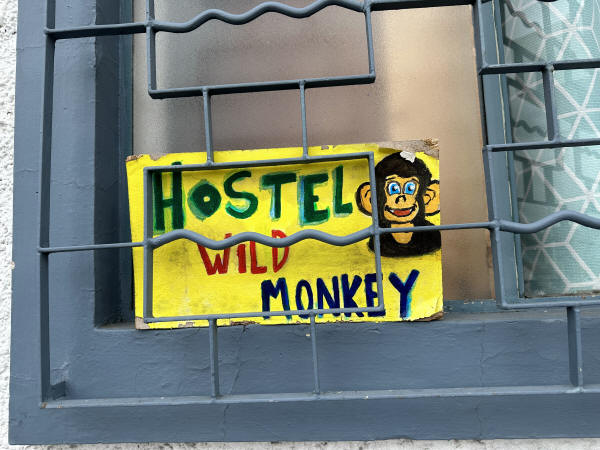 |
|
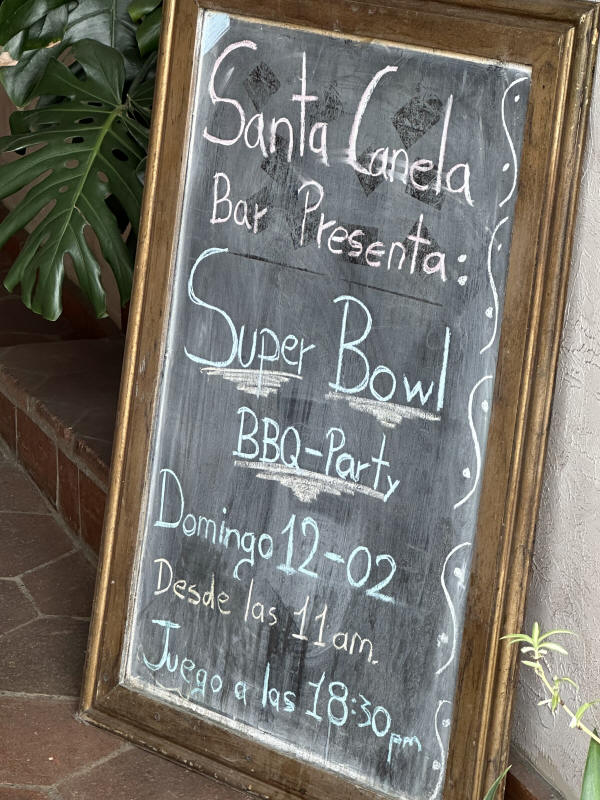 |
|
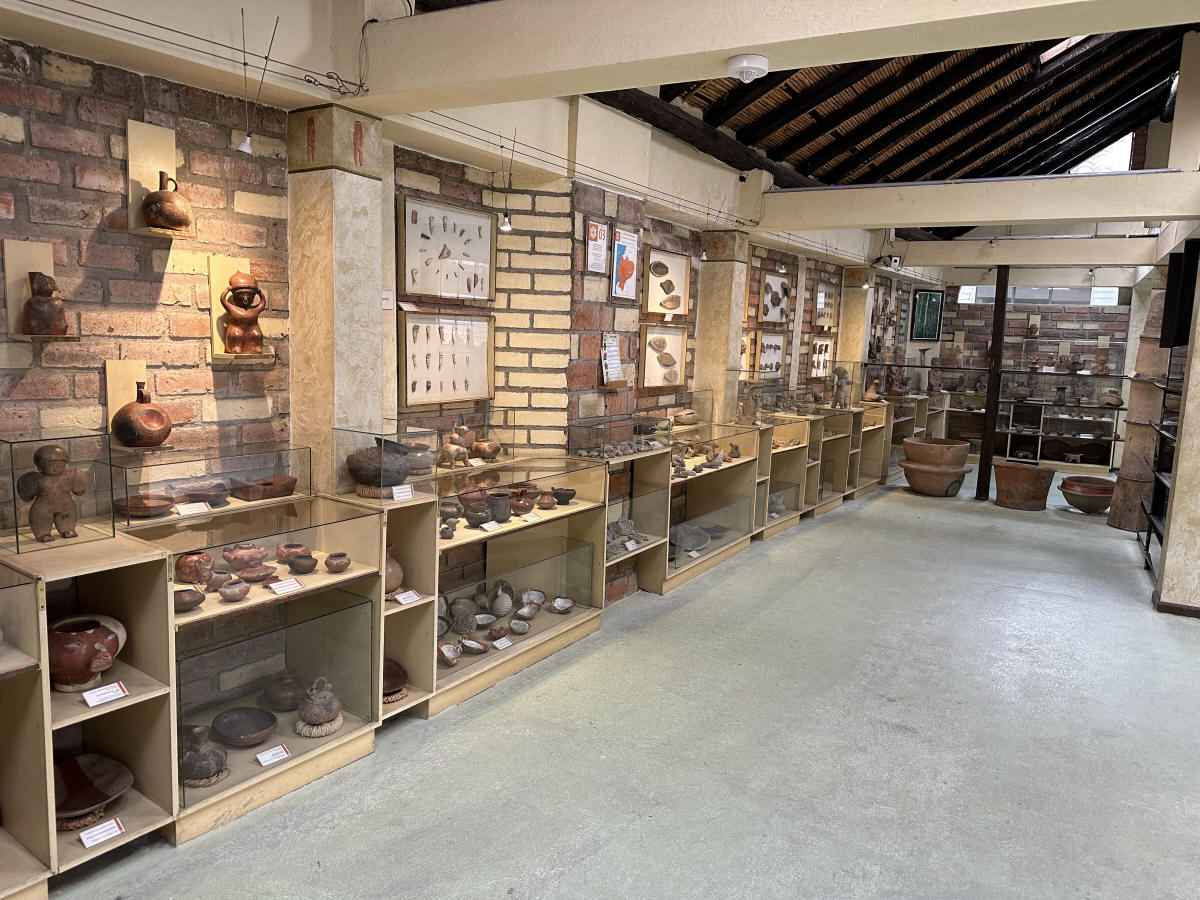 |
|
|
|
|
Next, an hour at the
Museo Municipal Remigio Crespo Toral, which had a eclectic collection of
different items from different time periods (including colonial and modern
Ecuador), including one rather nice display that showed a few pieces of
pre-Columbian art in a display that indicated what epoch they were from.
|
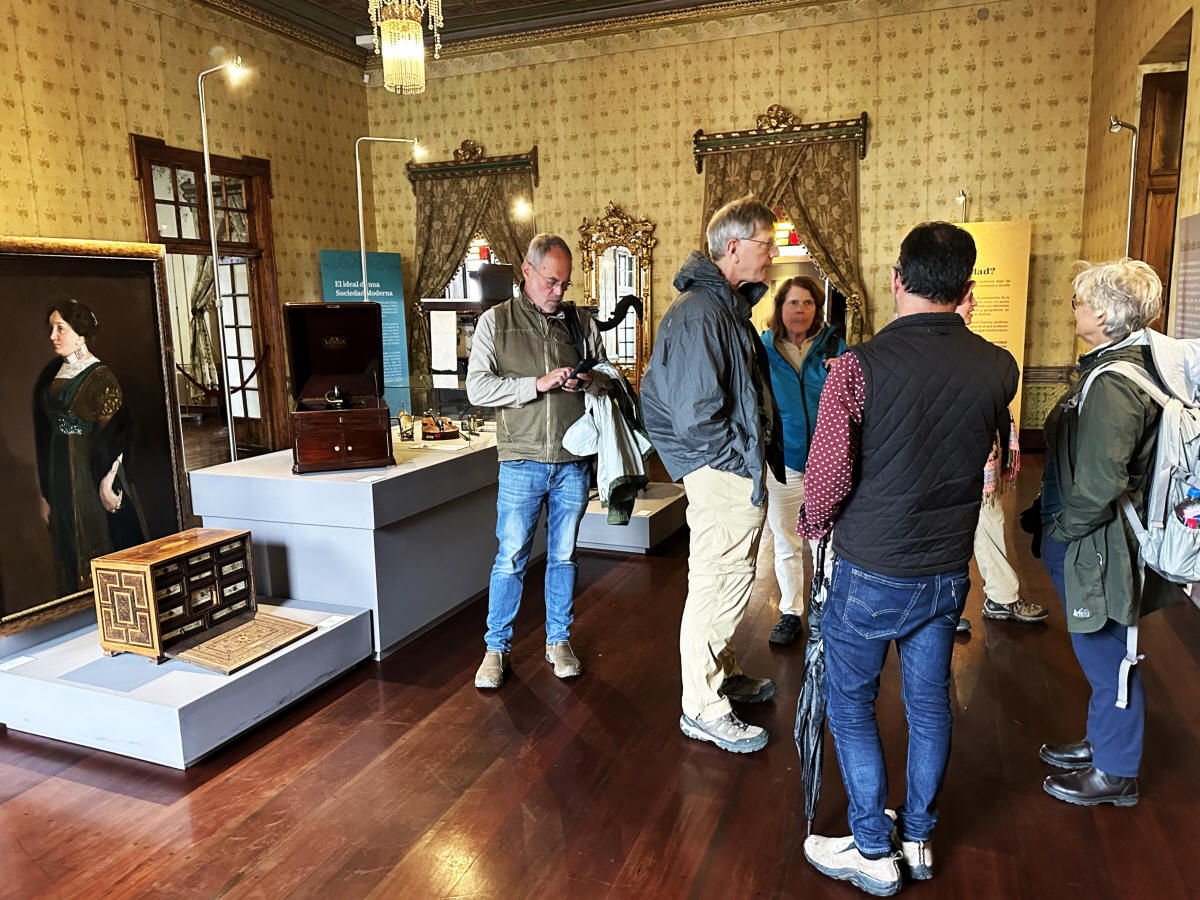 |
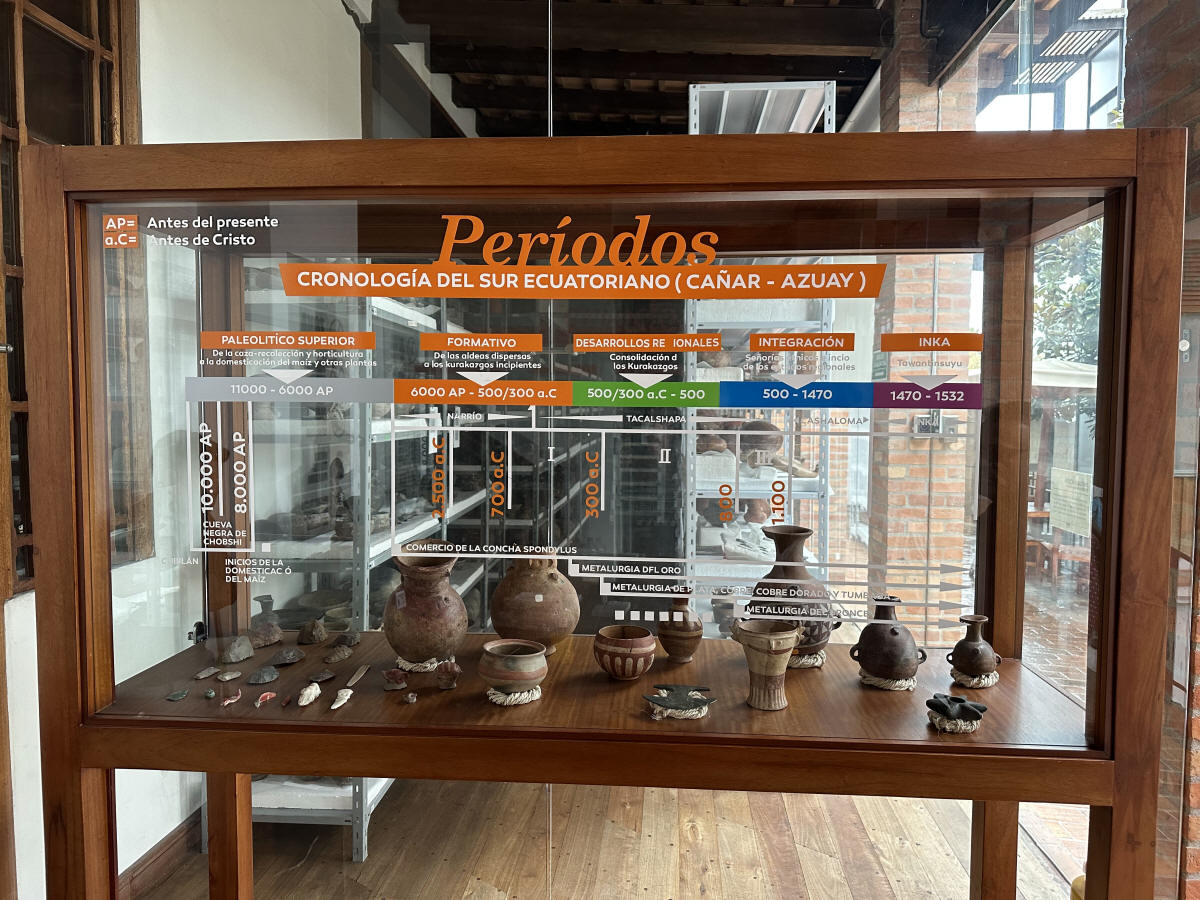 |
And, our final stop for the day, the
Casa de la Lira, which is a renovated 18oos or so building that's
now a dance studio. But durring renovations, a number of
pre-columbian piping and artifacts where found, and they were left in
place for all to see.
|
 |
|
|
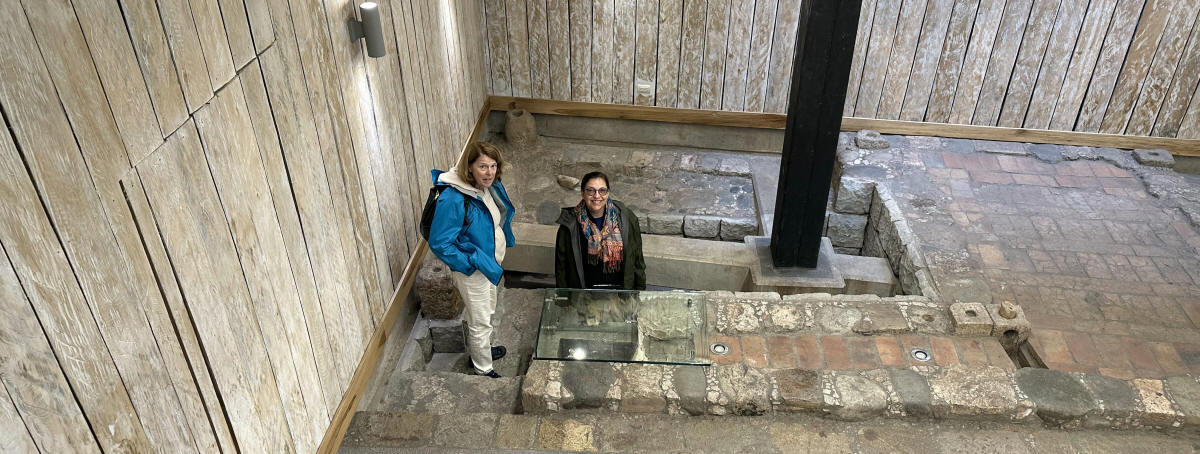 |
Then it was off to the airport for the
flight to Quito.
|
